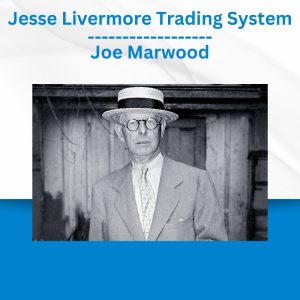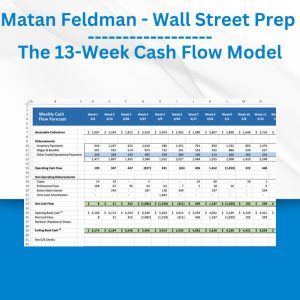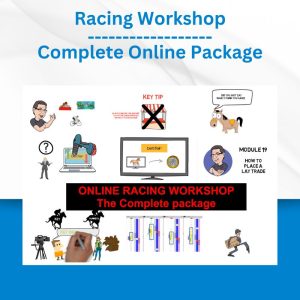*** Proof of Product ***
Exploring the Essential Features of “Suzanne Tinsley – Pharmacology for Rehabilitation Professionals – PESI”
Speaker: Suzanne Tinsley, PhD, PT, NCS
Format: Audio and Video
Media Type: Digital Seminar
Description
Understand How Your Patient’s Medications Affect Functional Outcomes
Many patients being referred to therapy are taking prescription and/or over-the-counter medications. Although many of these medications are directly related to their therapy diagnosis, some may not be. What should you know about clinical pharmacology to manage them effectively?
In this recording, rehab pharmacology expert, Dr. Suzanne Tinsley, examines the critical aspects of pharmacology, including the principles of pharmacodynamics and pharmacokinetics as well as how to apply these concepts to all drug classifications. You will discuss specific concepts of the pharmacology of the central nervous system and autonomic nervous system. You will analyze effects of drug actions on the major body systems, including mechanisms of therapeutic actions and adverse drug effects, problems involving drug interactions, and variables that modify drugs’ effects. Special consideration will be given to many of the drugs most commonly used in treating cardiovascular and neuro-musculoskeletal disorders. Using case reports, you will uncover specific effects that have an impact on the rehabilitation management of patients and clients.
Speaker
Suzanne Tinsley, PhD, PT, NCS, is an Associate Professor in the Departments of Rehabilitation Sciences and Neurology and the current holder of the Charles R. Parks Endowed Professorship at Louisiana State University Health Sciences Center-Shreveport, where she teaches medical pharmacology and neuroscience in the School of Allied Health Professions. A Board Certified Neurologic Physical Therapist, Dr. Tinsley has presented both internationally and nationally on the topics of pharmacology and neurologic rehabilitation. She has also served on the ABPTS Academy of Content Experts.
Dr. Tinsley received her Master’s in Physical Therapy from Texas Woman’s University in 1986 and her PhD in Neuropharmacology from Louisiana State University Health Sciences Center-Shreveport in 1999. She has published on pharmacology and rehabilitation and is an author of a pharmacology textbook for McGraw-Hill Publishing. She has an active clinical practice in the area of neurological rehabilitation as well as an active clinical research agenda. Dr. Tinsley has been honored as a Visiting Scholar at the renowned Valens Rehabilitation Clinic in Valens, Switzerland.
Speaker Disclosures:
Financial: Suzanne Tinsley has employment relationships with Louisiana State University, East Tennessee State University, the University of South Carolina, and Shenandoah University. She receives royalties as a published author and receives grants from the Center for Brain Health and the Noel Foundation. Suzanne Tinsley is a consultant to Laghappige Rehabilitation. She receives a speaking honorarium and recording royalties from PESI, Inc. She has no relevant financial relationships with ineligible organizations.
Non-financial: Suzanne Tinsley is a member of the Association of American Medical Colleges, the Society for Neuroscience, the, American Health Council, the American Physical Therapy Association, and the Louisiana Physical Therapy Association.
Objectives
- Describe the primary pharmacokinetic factors involved in drug administration, absorption, distribution, interaction, and elimination
- Explain how altered pharmacokinetics may lead to a decrease or an increase in drug effects, and how these effects may be recognized in patients receiving therapy
- Discuss the concepts of psychological and physical dependence, tolerance, withdrawal, receptor, sensitivity, and cross-tolerance
- Identify the general categories, mechanisms of action, risk-benefit ratio, and implications on physical therapy and occupational interventions for the pharmacological agents routinely prescribed for conditions involving the cardiovascular, neuromuscular, endocrine, pulmonary, and central nervous systems
- Analyze the possible effects of various drug actions on the effectiveness of physical therapy and occupational therapy interventions and functional outcomes
- List the five classes of cardiac medications, the side effects of these medications, and how these side effects may interfere with rehabilitation outcomes
Outline
PRINCIPLES OF PHARMACOLOGY
- Pharmacokinetic principles
- Pharmacodynamics principles
- Their importance to rehabilitation
PHARMACOLOGY OF THE CENTRAL NERVOUS SYSTEM
- Common CNS drugs seen in rehabilitation
Sedative-hypnotics, anti-seizure meds, anti-depressant meds, Parkinson’s disease meds, etc. - Side effects and rehabilitation outcomes
PATIENT ORIENTED PROBLEM SOLVING (POPS) CASE STUDY
PAIN MANAGEMENT – NARCOTICS, NONSTERIODAL, ANTI-INFLAMMATORY DRUGS
- Advantages and disadvantages of each class
- Common side effects and their effect on rehabilitation outcomes
- Signs and symptoms of abuse
CARDIAC MEDICATIONS
- 5 classes of cardiac medications
Beta blockers, calcium channel blockers, ACE inhibitors, diuretics, & glycosides - How these drugs are combined to treat cardiac disease/pathology
- Therapeutic effects and side effects that may interfere with rehabilitation outcomes
POPS CASE STUDIES
Target Audience
- Physical Therapists
- Physical Therapist Assistants
- Occupational Therapists
- Occupational Therapy Assistants
- Speech-Language Pathologists
- Nursing Home Administrators
- Athletic Trainers
- Exercise Physiologists
- Nurses
- Respiratory Therapists
- Certified Strength and Conditioning
- Specialists
Please see the full list of alternative group-buy courses available here: https://lunacourse.com/shop/









